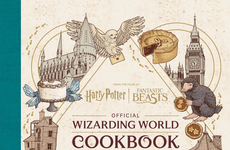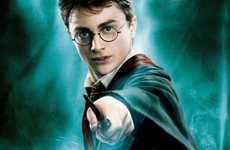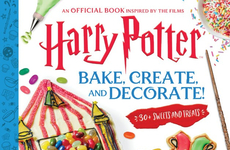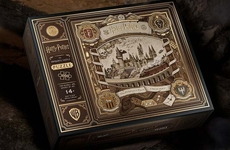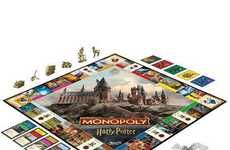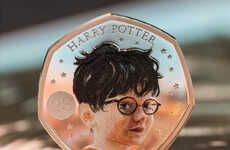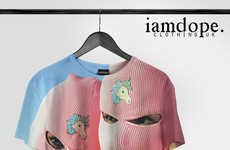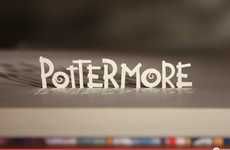
The Harry Potter Books vs. Movies Graphic is Spot On
Jennifer Gosnell — July 11, 2012 — Pop Culture
References: a7.sphotos.ak.fbcdn.net & buzzfeed
The hilarious Harry Potter Books vs. Movies graphic takes a look at some of the things that casting chose to forget about. If you, like many before you, have ever compared the characters in the Harry Potter books that you knew and loved to those you saw on screen in the Warner Bros adaptation, you know that there are some key differences. Overall, I was surprised (especially with the first film) with the ability to capture the essence of almost every character in the casting.
Describing Daniel Radcliffe's Harry Potter as 'Nuggetty' in the book, the author goes straight to the physical attributes of all characters. Ron is largely missing freckles and Hermione is simply less nerdy looking than described. What the chart makes key note of, however, is the casting crew's ability to get Severus Snape's likeness dead-on as talented actor Alan Rickman.
Describing Daniel Radcliffe's Harry Potter as 'Nuggetty' in the book, the author goes straight to the physical attributes of all characters. Ron is largely missing freckles and Hermione is simply less nerdy looking than described. What the chart makes key note of, however, is the casting crew's ability to get Severus Snape's likeness dead-on as talented actor Alan Rickman.
Trend Themes
1. Casting Discrepancies - There is an opportunity for disruptive innovation in the film industry to use AI and deepfake technology to ensure that characters in book adaptations closely resemble their descriptions.
2. Character Essence - There is an opportunity for disruptive innovation in the entertainment industry to employ advanced character analysis techniques to accurately capture the essence of book characters in movies.
3. Fidelity to Source Material - There is an opportunity for disruptive innovation in the adaptation industry to develop improved processes and tools that prioritize fidelity to the details described in books during movie casting.
Industry Implications
1. Film - The film industry can benefit from disruptive innovation by leveraging AI and deepfake technology to ensure accurate character representation in book adaptations.
2. Entertainment - The entertainment industry has an opportunity for disruptive innovation by using advanced character analysis techniques to faithfully capture the essence of book characters in movies.
3. Adaptation - The adaptation industry can embrace disruptive innovation by implementing improved processes and tools that prioritize fidelity to book details during movie casting.
3.4
Score
Popularity
Activity
Freshness


